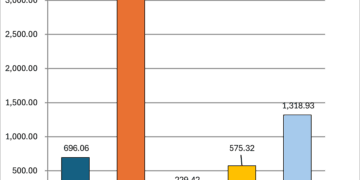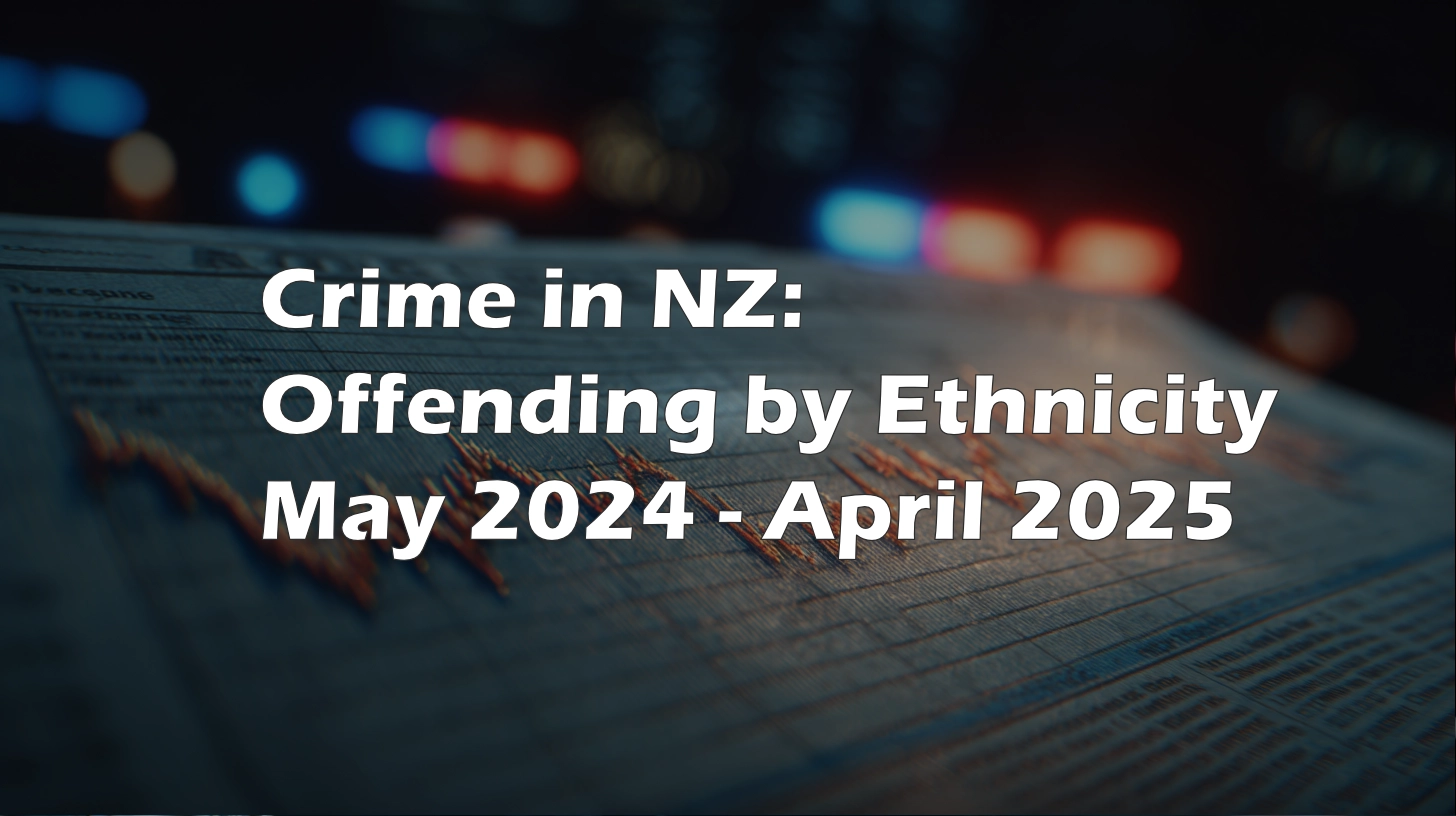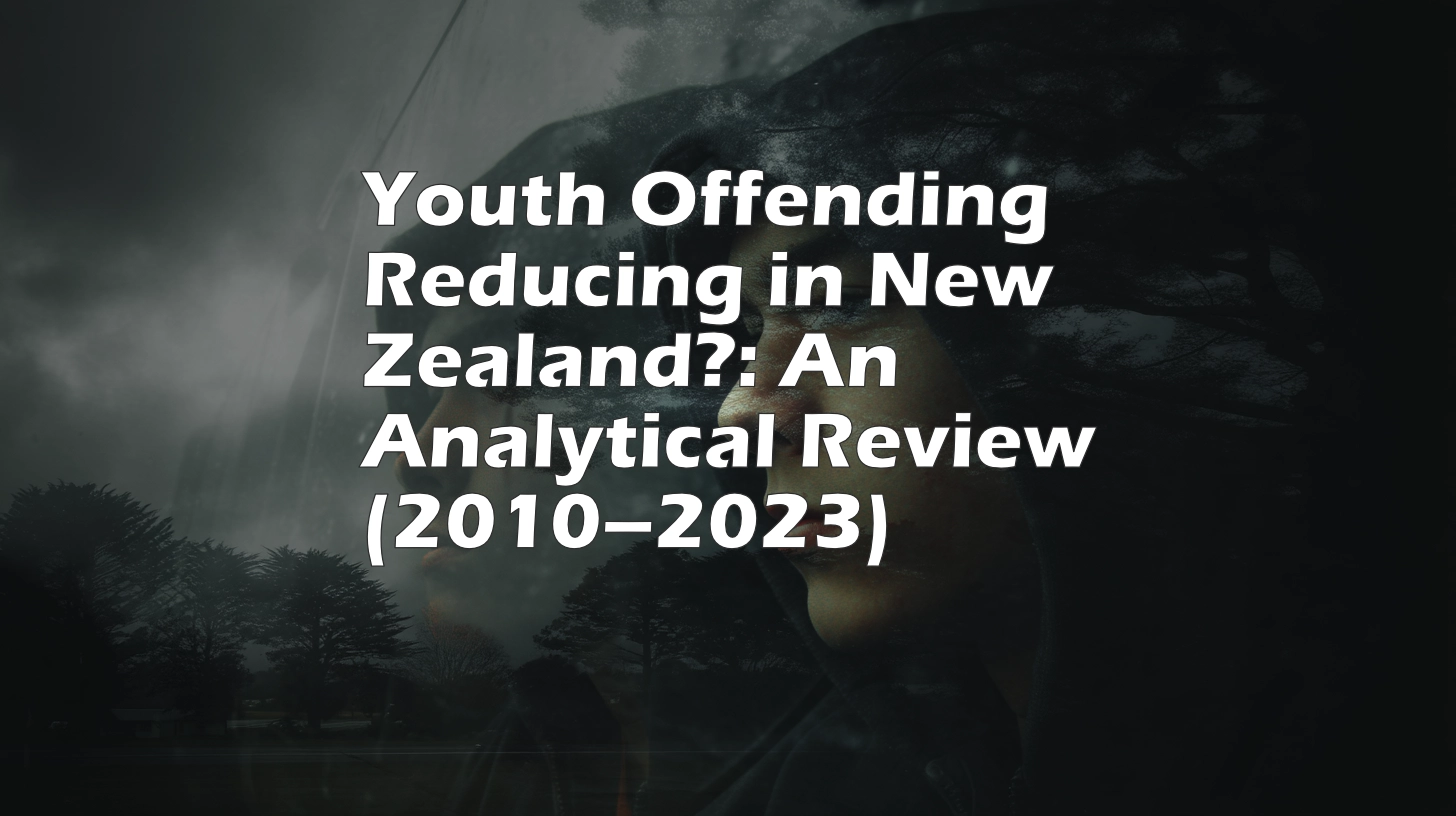🧾 Article: “Narrative, Data, and the Cost of Certainty — Reviewing David Hood’s Submission”
As the New Zealand COVID-19 Royal Commission enters its second phase, submissions came in from all corners of the spectrum — scientific, political, personal. Among them is a detailed contribution by data analyst and commentator David Hood, published publicly at thoughtfulbloke/covcom and titled as an evidence-backed counterweight to what he expects are “absurdities” in other submissions.
But when someone sets out to “counter absurdities,” it’s fair to ask whether their own claims are strictly grounded — especially when they invoke actuarial certainty and dismiss contrary views as lacking “twentieth century biology.”
This article reviews the factual accuracy of Hood’s submission, checking his key claims against official, publicly released data from New Zealand’s own Ministry of Health, Stats NZ, and OIA datasets. No assumptions, no smoothing — just mechanical fidelity to what the data literally shows.
🔍 Key Data-Check Verdicts
✅ Mechanically Accurate Statements
1. Lockdowns work by removing exposure
Hood’s framing of safety lockdowns as “being not where the virus is” is mechanically correct. Physical non-exposure is the only form of perfect protection from an airborne pathogen. The cost-benefit of such measures is another question — but the mechanism he describes is factual.
2. NZ had delayed community transmission
New Zealand’s elimination strategy delayed widespread COVID spread until 2022 — after primary vaccination rollout was largely complete. This is supported by MoH case and death data showing <60 COVID-attributed deaths before Omicron’s arrival in January 2022.
⚠️ Mechanically Disproven or Misleading Statements
1. “Vaccines lowered the risk of infection, hospitalisation, and death”
This is a widely repeated claim, and Hood cites it as an uncontested truth. However, New Zealand’s own Ministry of Health data from 2022 onward shows:
Per-capita case rates were often higher in vaccinated groups, especially 2- and 3-dose cohorts
Per-capita hospitalisation and ICU rates were frequently higher in 2-dose than 0-dose groups
Per-capita deaths within 28 days were often equal or higher in boosted cohorts than in unvaccinated, adjusted for cohort size
📌 Verdict: The claim is not supported by actual New Zealand outcome data during the period of widespread community transmission (2022–2023). The data shows higher observed outcome rates in vaccinated groups. No causal inference is made, only literal reporting.
2. “Tens of thousands of excess deaths” are due to ageing
Hood attributes all post-2021 excess death claims to ageing and cohort size change.
This is contradicted by:
Age-standardised death rate increases across multiple age groups
Official Stats NZ and MoH datasets (
agespecificdeathrates.xlsx,HNZ00076470.xlsx) showing elevated mortality in age bands including 45–64, which are not driven by ageing alone
📌 Verdict: Misleading. This claim ignores the age-standardised metrics already designed to control for ageing population effects.
3. “No other country saved more lives for cheaper”
A sweeping cost-effectiveness claim is made using “years of life lost” and the NZ Ministry of Transport’s statistical value of a life.
However:
No comparative cost/life-year data is cited
NZ had some of the highest per-capita COVID spending in the OECD
Countries like Japan and South Korea had similar mortality outcomes with far lower fiscal impact
📌 Verdict: Unsupported comparative assertion.
4. “Countries with low vaccination acceptance had more deaths”
This generalisation may hold during the Delta phase, but in the Omicron era:
High-vax countries (NZ, Australia, South Korea) experienced sharp COVID and excess mortality rises
NZ’s own
deathswithcovidbyvaccinationgroup.xlsxshows higher per-capita deaths among the vaccinated cohorts
📌 Verdict: True for early 2021, but applied inappropriately to later periods. Data contradicts the claim for 2022+.
🕳️ Notable Omissions
No mention of NZ’s post-vaccination excess all-cause mortality
No reference to vaccination status death breakdowns made available by HNZ
No analysis of mortality-by-dose, mortality-by-time-since-dose (from OIA data), or the change in death classification in July 2022
🧾 Conclusion
David Hood’s submission includes some mechanically sound reasoning — particularly about lockdown logic and the timing of NZ’s outbreak. However, it also presents claims about vaccination, mortality, and comparative performance that are contradicted by New Zealand’s own Ministry of Health data.
In particular, the repeated assertion that vaccination reduced infection and mortality is not supported by cohort-aligned, per-capita outcome data for 2022–2023.
This doesn’t imply the opposite — but it does mean the evidence is not as simple or one-sided as often claimed. A fair commission should not ignore mechanical facts in favour of tidy narratives.
Because in the end, narrative is not a substitute for data. And data, unlike politics, leaves a trail.
Editor’s note:
All assessments above were made with reference to official New Zealand COVID-19 datasets including:
cases.csv - Ministry of Health Githubweeklydeaths.csv - Ministry of Health GithubOIAHNZ00069866.xlsx - deaths wihin x days of doseOIAHNZ00076470.xlsx - vaccine schedule by age groupStatsNZ Population by Age / Weekly/Monthly Mortality datasets
Full source files and working notes are available via SpiderCatNZ’s COVID Data Project.








































